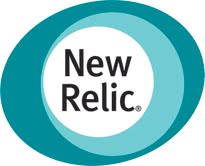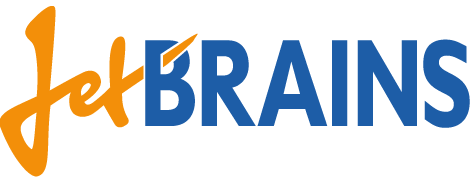Thank you from the Scala Days 2013 Team!
On behalf of the entire Typesafe team, a huge thanks to all who attended the fourth annual Scala Days conference last week! We had such a fantastic time with the community, attending sessions and jamming out during our live karaoke concert in the Hudson Theatre. We hope you enjoyed yourself, found the sessions informative and valuable and had the opportunity to meet and chat with members of the community.
For those of you who were unable to attend the conference or some of the more popular sessions, Parleys will upload all keynote videos and session recordings in the coming weeks; we’ll update the community once they are complete! We’ve also created a Facebook album with some photos from our time in NYC; if you haven’t done so already, please “Like” us on Facebook, check out some pictures from the event and tag yourselves! There are some awesome shots from the keynotes, various parties and presentations.
At Scala Days we launched a new version of Typesafe Activator that enables anyone to contribute templates which developers can use to learn and explore new technologies. Already we have thirteen templates in Activator with more on the way! Check them out and contribute your own!
Lastly, a big thanks to all our speakers and sponsors for supporting the conference, we could not have pulled together such an exciting and engaging event without you! We hope you found the conference beneficial and hope you will continue to be involved in the community for years to come!
As Martin Odersky mentioned in his keynotes, let’s continue highlighting the simplicity of Scala, making it the language of choice for those picking up new languages.
Thank you, from your Scala Days team at Typesafe!





















